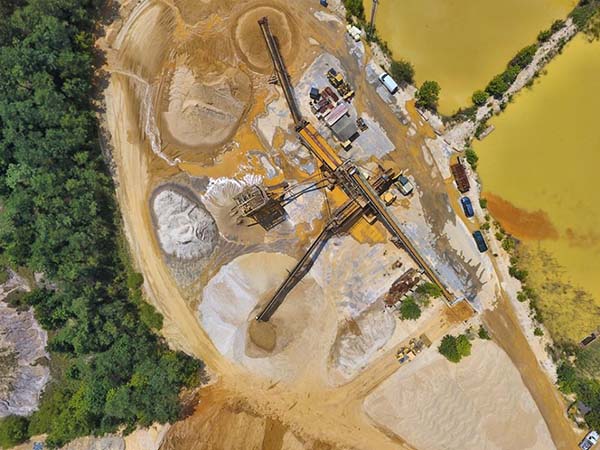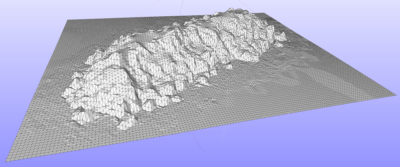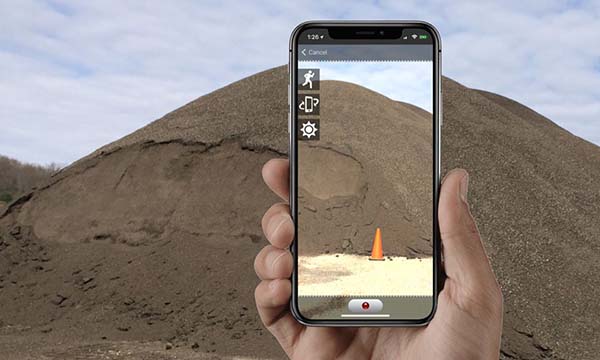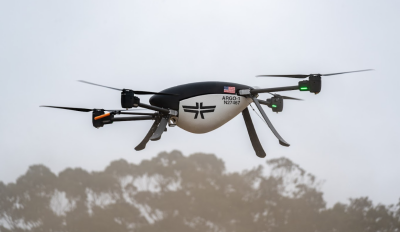Talk about the inefficiencies in construction is as pervasive as it is worrisome for many professionals, and it’s the reason many have looked to adopt technology solutions that are designed to directly address these shortcomings. Increasingly, the easiest way to solve numerous productivity issues in the construction industry is with the adoption of drone technology that is designed to perform a variety of tasks in faster, cheaper or safer ways. The benefits of doing so can be as real as they are quantifiable.
However, these benefits are often overshadowed by the excitement associated with the technology itself, which lends itself to what some experts have called "shiny object syndrome”. This happens when users get caught up in the “coolness factor” of the technology at the expense of legitimate questions about whether or not drones can add real value. There are countless stories about organizations making an investment in the technology, only to quickly discard it when users are unable to do much more than take aerial photos. Avoiding this fate underscores the importance of having a cohesive plan for technology, which includes the creation of a digital vision (to guide the process) and a roadmap (prioritized tech investment plan).It’s why so many have been focused on whether or not they should be creating a drone program, but that question needs to be considered in the context of a bigger technology adoption roadmap. Creating that kind of roadmap is something Sappington is focused on enabling since doing so allows construction stakeholders to think differently about how they can and should be using technology. However, it’s also essential to consider the value propositions that can be opened up when this kind of thinking is applied to the adoption of specific pieces of technology like drones, not all of which are strictly related to the bottom line. How Can Drones Add Quantifiable Value Inside a Company?The benefits drones can open up when it comes to specific things like improving decision-making, or creating operational efficiencies through automation of manual processes, have been detailed and discussed in a variety of industries. Investments in new technology like drones are driving necessary changes to processes and procedures, and the results have made it easier for stakeholders to legitimize, approve, and adopt this kind of new technology. Providing the information users need in a quicker and more frequent manner has changed things for the better for construction organizations of all sizes.Another way drones have been able to create value is related to improving processes, so that certain steps or entire processes can be automated or simplified, which is something that can be enabled via full-service subscriptions using images captured from a company’s own drones and smartphones. This is the kind of value that needs to be understood in the context of a roadmap, because it changes the conversation around what can and should be expected from specific pieces of technology like drones.“One of the reasons I got interested in drones and the discussion that's happening with them in construction is because I saw they could provide a unique visibility that wasn't available before,” said Sappington Founder and CEO Tim Goggin. “I also saw people considering them just in terms of being ‘shiny objects’, but that’s what made it a great moment to try and help leaders within construction companies consider technology that enables things like automated inventory across your whole company without lifting a finger. It’s helped them step back and really think about the ways tech can add value to their business.”
How Can Drones Add Quantifiable Value Inside a Company?The benefits drones can open up when it comes to specific things like improving decision-making, or creating operational efficiencies through automation of manual processes, have been detailed and discussed in a variety of industries. Investments in new technology like drones are driving necessary changes to processes and procedures, and the results have made it easier for stakeholders to legitimize, approve, and adopt this kind of new technology. Providing the information users need in a quicker and more frequent manner has changed things for the better for construction organizations of all sizes.Another way drones have been able to create value is related to improving processes, so that certain steps or entire processes can be automated or simplified, which is something that can be enabled via full-service subscriptions using images captured from a company’s own drones and smartphones. This is the kind of value that needs to be understood in the context of a roadmap, because it changes the conversation around what can and should be expected from specific pieces of technology like drones.“One of the reasons I got interested in drones and the discussion that's happening with them in construction is because I saw they could provide a unique visibility that wasn't available before,” said Sappington Founder and CEO Tim Goggin. “I also saw people considering them just in terms of being ‘shiny objects’, but that’s what made it a great moment to try and help leaders within construction companies consider technology that enables things like automated inventory across your whole company without lifting a finger. It’s helped them step back and really think about the ways tech can add value to their business.”
Another way to view pile surface and automatically generate inventory reports. Part of the Stockpile Reports analysis.

How does the iPhone X work on measuring stockpiles?
















Comments